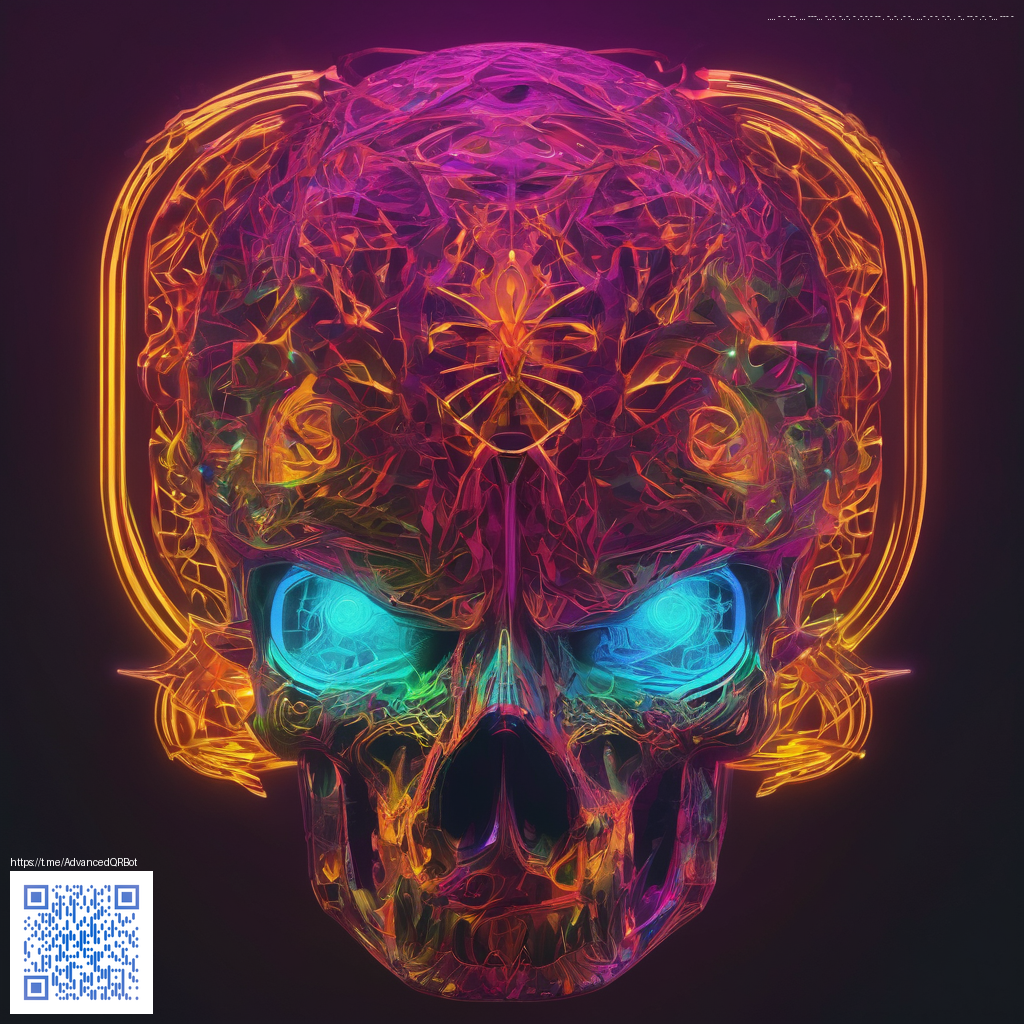
Creating Compelling Mockups for Your Digital Shop
In the world of digital goods and tangible accessories sold online, product images aren’t just decorative—they’re performance drivers. Mockups bridge the gap between a product’s specifications and a shopper’s imagination, letting customers visualize how a item will fit into their daily life. For a sleek phone case with card holder made from clear polycarbonate, thoughtful mockups can highlight both protection and practicality. When your visuals align with real-life use, your listing communicates value in a single scroll, boosting engagement and trust.
Three ingredients of great mockups
There are three core elements that consistently convert: realism, context, and clarity.
- Realism: Accurate lighting, shadows, and reflections that mirror how the product sits in real life.
- Context: Showing the product in a setting that mirrors daily use—wallets nearby, cards slipping into the holder, or a phone resting on a tidy desk.
- Clarity: Crisp details that highlight the material, finish, and any distinctive features like a recessed card slot.
“Mockups that feel like photographs earn more clicks because they reduce guesswork for buyers.”
A practical workflow to create your own mockups
- Gather high-quality product photos from multiple angles or stage a simple, well-lit shoot that showcases the case’s transparency and card-holding capability.
- Choose a neutral or lifestyle background that aligns with your brand voice—minimalist for a premium feel or warm for a friendly, approachable vibe.
- Use lighting that emphasizes the clear polycarbonate’s transparency, the smooth edges, and the card-holder slot without casting distracting reflections.
- Place the product in context—hands holding the device, a polished workspace, or a stylish lifestyle scene—to communicate real-world use.
- Export in web-friendly resolutions and verify readability and scale on mobile devices, where most shoppers will first encounter your listing.
Tools and resources that streamline the process
While you can curate visuals with a blend of consumer photography and editing tools, pairing your imagery with product-focused visuals from reliable references can help preserve proportion and tone. For instance, consider how a dedicated listing like the one behind this Phone case with card holder — clear polycarbonate communicates both function and fashion. By anchoring mockups to a concrete product narrative, you ensure your storytelling stays coherent across thumbnails, hero images, and banner banners.
To spark inspiration beyond your own studio setup, you can explore live examples and ready-to-adapt templates on the gallery page here: https://topaz-images.zero-static.xyz/5b3f5eab.html. Seeing how other creators frame a similar device can reveal subtle choices—background textures, prop styling, and color grading—that elevate your own mockups.
Best practices for mobile-ready visuals
Since a large share of shopping happens on mobile, design with a fast, thumb-friendly experience in mind. Place the product centrally within the frame, avoid clutter around the edges, and use subtle captions or product callouts that are legible at small sizes. A good mockup not only shows what the product is but also why someone should want it—ease of use, reliability, and a glimpse of how it integrates with daily routines.
When you’re ready to publish, ensure your primary image communicates the strongest selling point at a glance. For this particular device, that means a crisp depiction of how the card holder remains unobtrusive while still offering practical storage. It’s the balance of form and function that often converts browsers into buyers.
Similar Content
Page URL: https://topaz-images.zero-static.xyz/5b3f5eab.html